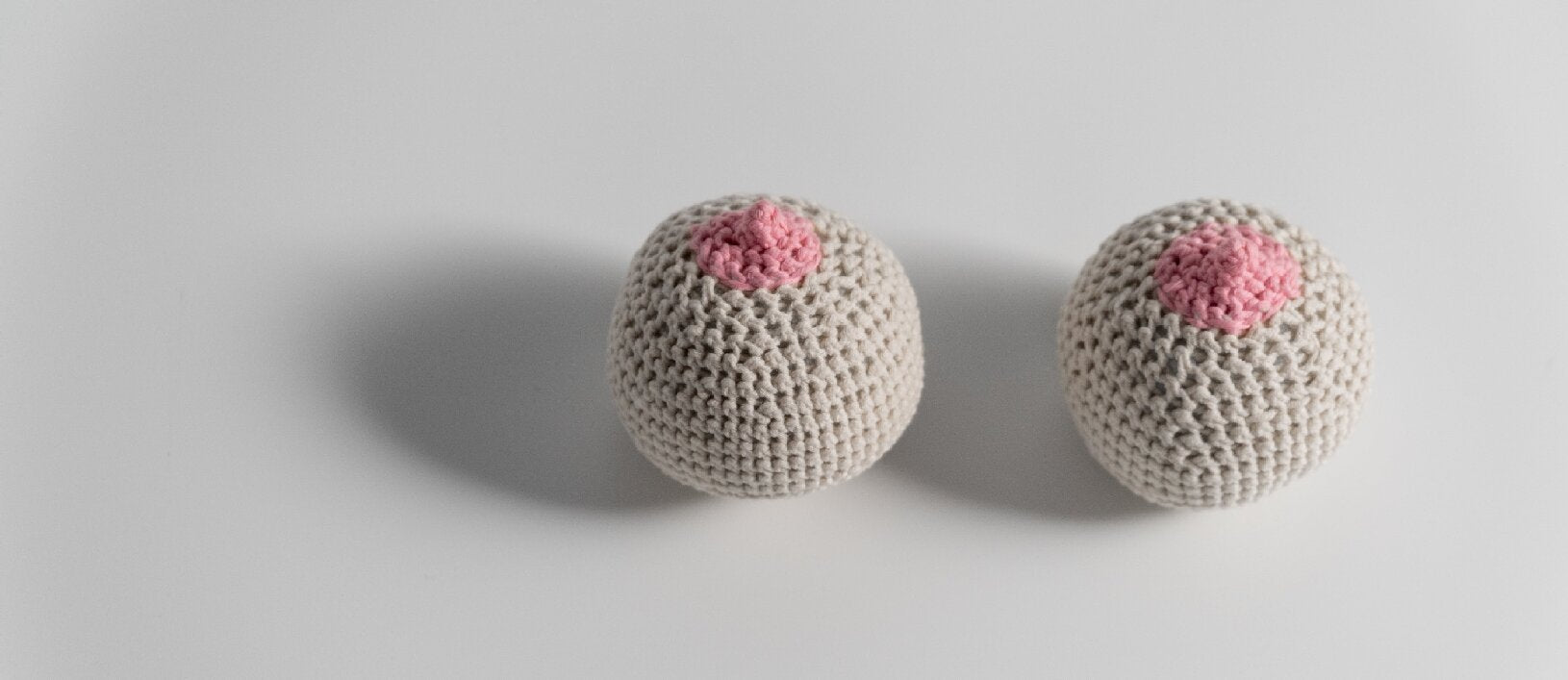Home
Pregnancy & Breastfeeding Tips for New Moms: Preconception, Pumping & Parenting Support
How to Ease Nipple Pain When Breastfeeding?

How to Ease Nipple Pain When Breastfeeding?
When you decide to breastfeed your baby, the first thing you’ll learn is that it’s not always as simple as it sounds. While it is not actually difficult, there are some things you need to learn about the process before you start so it can run smoothly day after day. Some of these basics are important because if you ignore them, you can experience breast pain while pumping or even feeding the baby.
The good news is that with just a few simple tips, you can avoid all of this, so your breastfeeding experience is pleasant. In reality, there are four main reasons why nipple pain is a problem when moms breastfeed. We’ll go over each of them in detail here.

1. The Baby Isn’t Latching Onto the Breast Properly
The baby will do what they need to do as long as you guide them, and the first thing you need to remember is that this isn’t called nipple-feeding, it’s called breastfeeding, and we call it that for a reason. To latch on properly, the baby needs to place its mouth over the entire areola, not just the nipple. When they latch onto that entire part of the breast, they won’t be concentrating just on the nipple; therefore, it won’t be as sore.
At first, you’ll need to guide the baby’s mouth to the correct part of the breast, and if they latch onto just the nipple instead, remove their mouth and try it again. They’ll get the hang of it before you know it, so this isn’t a difficult step. If you’ve never breastfed and you’re still in the hospital, ask the hospital’s lactation specialist for some help if you need it.
The main point here is that the baby’s mouth must go over the entire areola and not just the nipple; otherwise, you may feel pain or soreness.
2. You or Your Baby Have Thrush
Thrush is a fungal infection that both mother and baby can get, although the jury is still out regarding whether or not one can pass the infection onto the other. If your nipples hurt, burn, or turn a bright pink color, you might have this type of yeast infection. There are a few things that you can do to prevent thrush, but if you already have it, you’ll need to contact your doctor because it normally has to be treated with an antifungal ointment of some type.
To prevent thrush, you’ll need to make sure that your nipples are dry in between feedings. After you nurse, dry your nipples off with a baby washcloth or let them air-dry. Use breast pads always but make sure that you change them regularly, so the nipples don’t have the opportunity to become damp or wet.
When you shower or bathe, use a mild soap and dry off your nipples immediately afterwards. Remember that damp and moist nipples are one of the easiest ways to get any type of yeast infection.
3. Your Nipples Have Become Chafed or Irritated
As you can imagine, chafed or irritated nipples are going to hurt even when you’re not breastfeeding, but especially when you are. Even if dampness and moisture don’t cause a yeast infection, they can irritate the nipples to the point where it’s extremely painful to nurse. Fortunately, you can take some very simple steps to avoid this scenario, starting with buying the right nursing bra. As a general rule, you should avoid underwire bras, and you’ll also need one that stretches well and is fairly loose.
In addition to this, you should consider using hydrogel pads, which are made by several different companies. Hydrogel pads can be used either at room temperature or cooled in the refrigerator first for an extra-comfortable fit. The pads are super comfortable and therefore a great option if your nipples are already chafed or irritated.
The main thing you want to do is make sure that the bra you’re wearing is as breathable as possible, which means that it can’t be too tight and shouldn’t be too loose either. If you aren’t sure how to buy the perfect bra, you can check with a lactation consultant.
4. You May Not Recognize Some of the Scenarios That Need Attention
Simply put, your lack of experience may be one of the reasons your nipples are hurting when you breastfeed your child. For instance, learning how to unlatch the child’s grip when you need them to stop eating by inserting your little finger in between their mouth and your breast makes it less likely to experience pain when you nurse.
Keeping your nipples moisturized at all times is simple because there are numerous creams and ointments specifically made for breastfeeding, and making sure that the baby has teething toys when teething, so they don’t gnaw at your nipple is also important.
Overall, the longer you breastfeed, the easier it is to notice these things and take care of them quickly, so they don’t result in overly sensitive nipples. If your breasts are engorged, it can cause nipple pain, so pumping in between feedings might be necessary.
If you notice any blisters or sores on the nipples, you should contact your doctor because occasionally this is something that they’ll need to treat with a prescription. If your entire breast hurts, you can use cold compresses until the pain goes away. Of course, if you have any concerns or questions about anything related to nipple pain while you breastfeed, never hesitate to contact your doctor for help.Share


